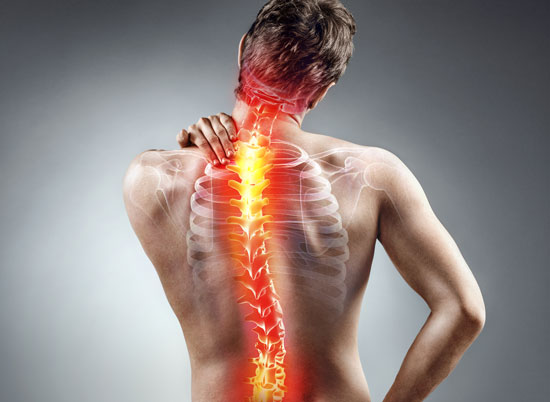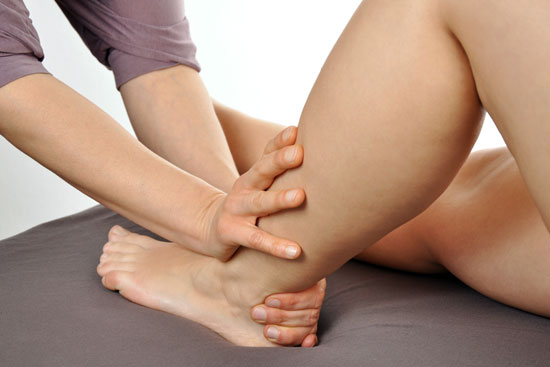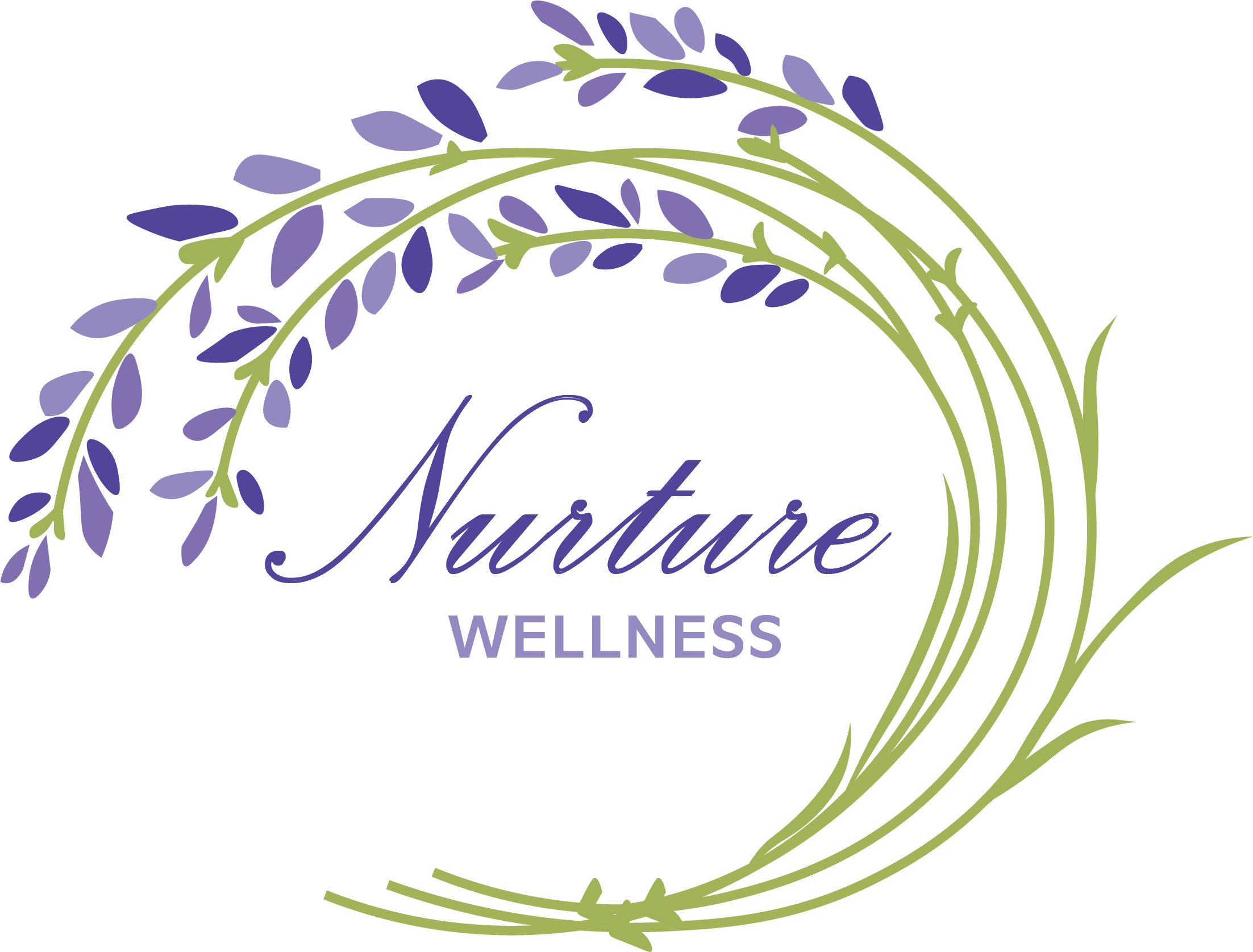
by nurturewellnessmassage | May 2, 2022 | Bodywork
What can bodywork do for you?
According to Associated Bodywork & Massage Professionals (ABMP):
Bodywork can
- Alleviate low-back pain and improve range of motion.
- Assist with shorter, easier labor for expectant mothers and shorten maternity hospital stays
- Ease medication dependence.
- Enhance immunity by stimulating lymph flow—the body’s natural defense system.
- Exercise and stretch weak, tight, or atrophied muscles.
- Help athletes of any level prepare for, and recover from, strenuous workouts.
- Improve the condition of the body’s largest organ—the skin.
- Increase joint flexibility.
- Lessen depression and anxiety.
- Promote tissue regeneration, reducing scar tissue and stretch marks.
- Pump oxygen and nutrients into tissues and vital organs, improving circulation.
- Reduce post-surgery adhesions and swelling.
- Reduce spasms and cramping.
- Relax and soften injured, tired, and overused muscles.
- Release endorphins—amino acids that work as the body’s natural painkiller.
- Relieve migraine pain.
Bodywork can do all of these things and more. If you are wondering what bodywork can do for you, let’s chat!

by nurturewellnessmassage | May 2, 2022 | Uncategorized
If you are a new client, please contact us by phone, text, or email in order to make an appointment. Provide your full name, the service you are requesting and the reason for the service (lower back pain, knee injury, etc.), and how you heard about Nurture. We will be in contact within 24 hours. We will let you know when our next available new client sessions are and will request an email address to set up your appointment.
Your First Session
After you’ve made an appointment please watch your email for an intake form. This form is important to let me know which techniques would be appropriate or should not be used during your session, and help me understand the possible why(s) of your current condition which in turn gives me better insight into the most effective course of treatment during the session.
Try to arrive a few minutes early for your first session so that we have enough time to go over your intake form and any discussion in order to prepare for the session without running into table time.
After our discussion of your goals and any other questions you may have, you will be shown into the treatment area and left to undress to your level of comfort and get onto the table. If the session is to begin face-down (I will let you know either way), you should place your face into the face-cradle and cover yourself with the sheet and blanket. If the session begins face-up you should lay with your head near the top of the table.
I encourage and will ask for feedback during your session. Bodywork can involve stretching, a slight burning sensation, and referred discomfort. Remember that bodywork can be uncomfortable, but actual pain is not therapeutic. Be sure to let me know if something is too uncomfortable.
After your session, you will be left to get dressed and then exit the treatment area for the post-session summary and checkout. Take you time sitting up and standing up from the table, as bodywork can lower both blood pressure and blood sugar. (So be sure to have a snack before your session if you have low blood sugar issues.)
In the hours after you session you should drink more water than you think necessary. If you can avoid strenuous activity for the rest of the day, it will help the bodywork effects to last longer. Occasionally you might feel some muscle soreness (the workout kind not the dysfunction kind) the day after a session. Heat, stretching, or an epsom salt bath should do the trick, and the second day you should be feeling great!

by nurturewellnessmassage | May 2, 2022 | Bodywork
What does the term “bodywork” mean and why do we use “functional bodywork” when talking about what we do?
According to medicinenet.com, bodywork is “Any of a number of therapeutic or simply relaxing practices that involve the manipulation, massage, or regimented movement of body parts. Examples include massage, craniosacral therapy, and Pilates. Bodywork may be used as an adjunct to medical treatment, or it may be prescribed as a form of physical therapy for certain conditions.”
Bodywork incorporates traditional massage techniques with techniques often more associated with physical therapy, exercise, and alternative manual therapy techniques. Functional Bodywork uses this broad range of techniques to address the “why” of the pain and dysfunction as well as the “what.”
What do you think of when you hear the word massage? Most people think of relaxation or a spa. While functional bodywork can certainly be relaxing and a good spa massage can be therapeutic, the purpose of functional bodywork is to address specific causes of pain and dysfunction in order to promote overall wellness. Everyone loves a good spa massage, but at Nurture we use the term that best describes our services – functional bodywork.



